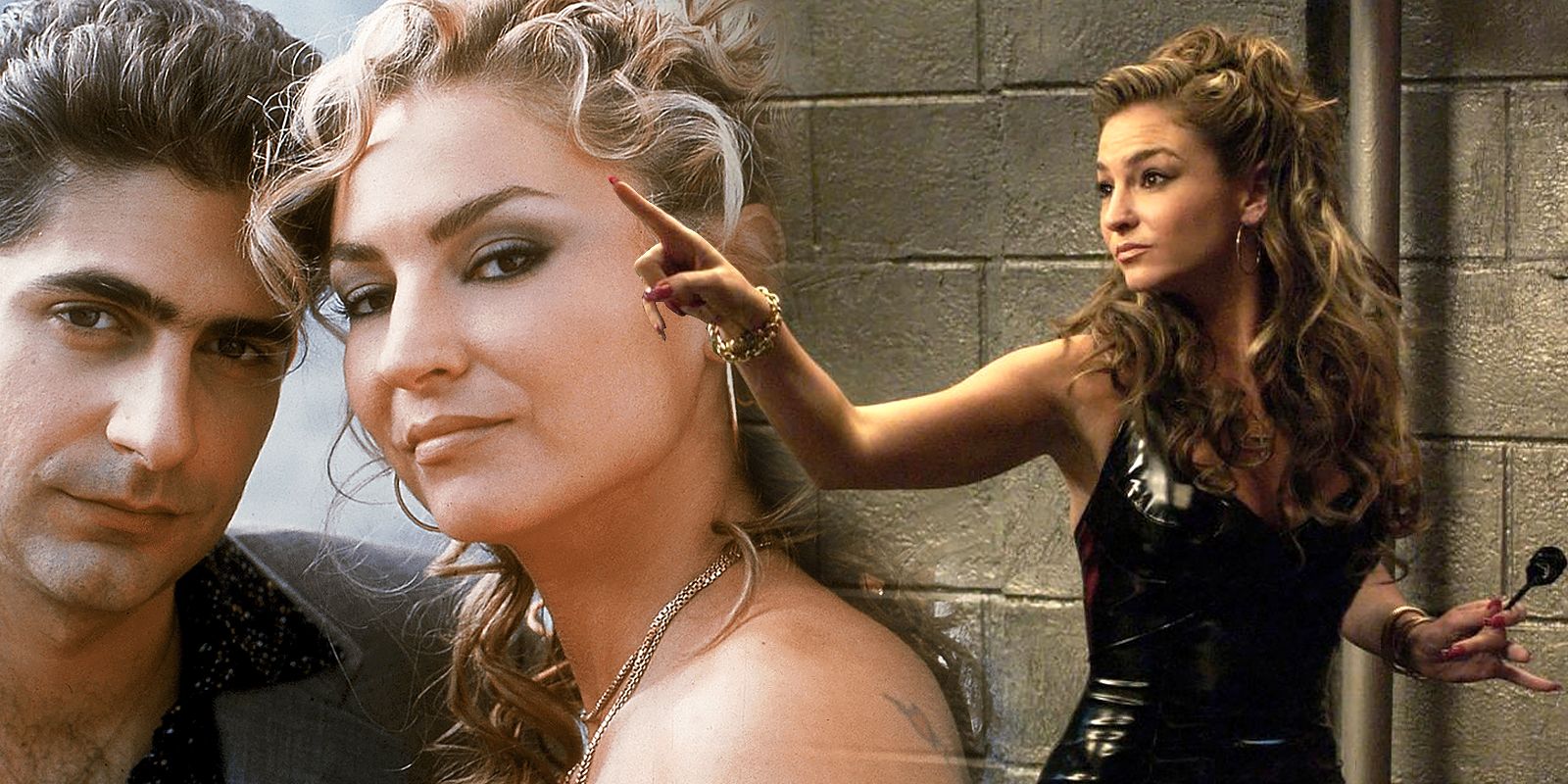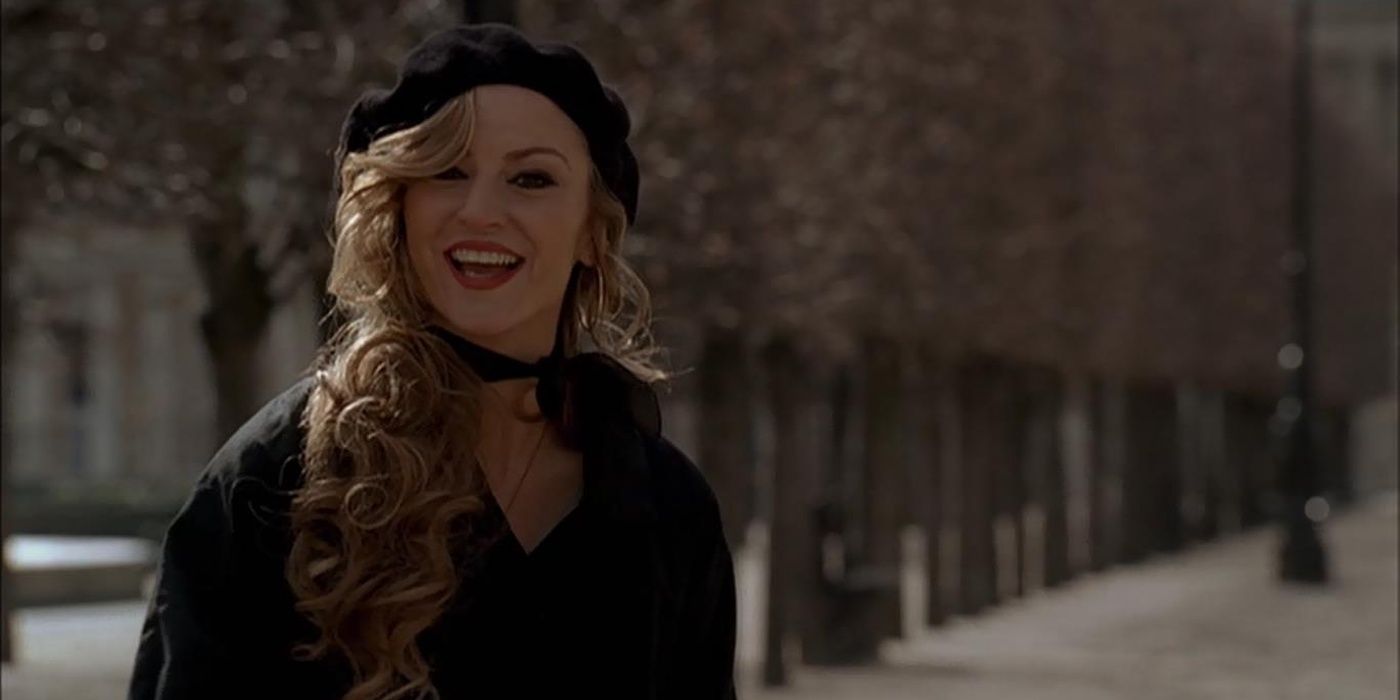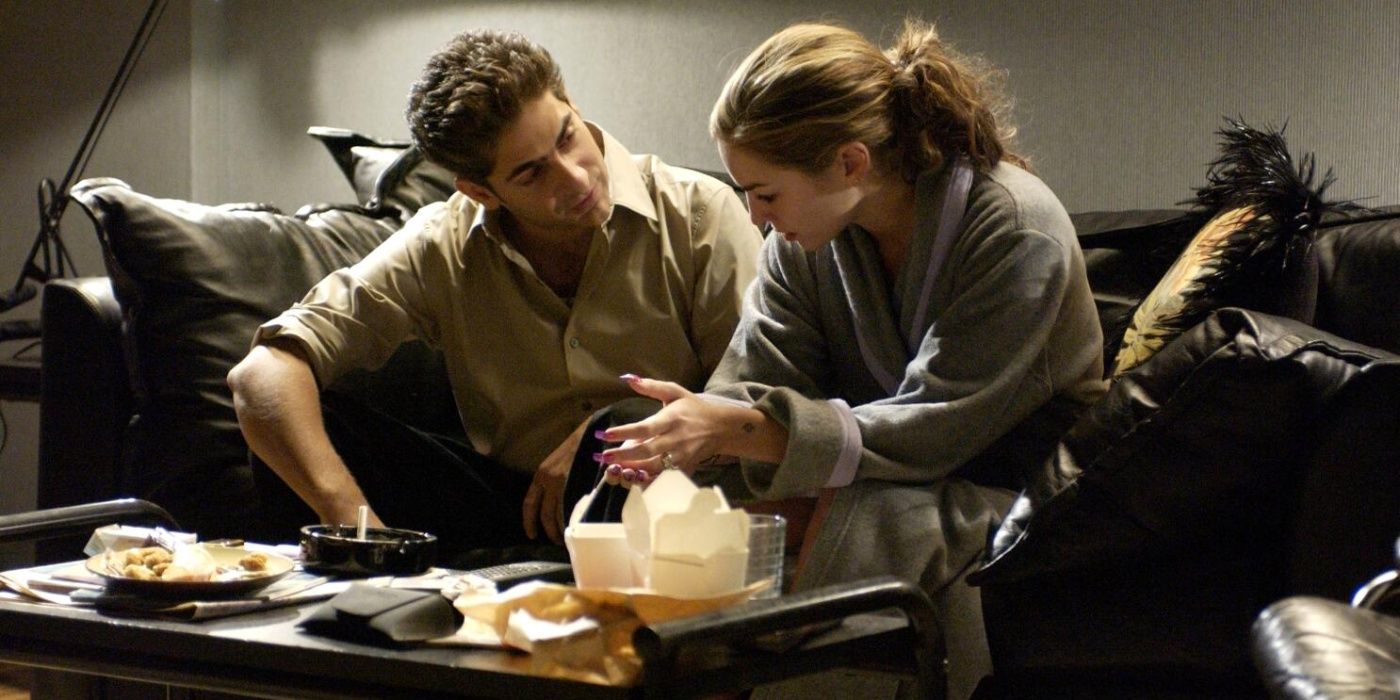
From Brendan Filone to Bobby Baccalieri, there were numerous deaths that left us stunned, disturbed, and occasionally gratified. Yet none touched us as profoundly as Adriana La Cerva’s. She wasn’t a capo, an informant, or an adversary boss, but rather a woman who found herself in the wrong relationship amidst a treacherous world. And when that world betrayed her, it did so with a chilling finality. The fact that her death was not depicted only amplified the brutality, transforming a mafia execution into something far more shocking and haunting.
For years after Adriana’s demise, fans speculated that she might return to the series, with theories arising on forums driven by her mysterious off-screen death and the show’s penchant for unexpected plot twists. However, this hope, like Adriana herself, was never justified. The decision to kill off Adriana wasn’t always planned for off-screen, and over time, David Chase and the writers of the show have revealed that fact. Interestingly, they found it difficult to depict her death, both to spare the audience the ordeal and because even they found it too distressing to portray on screen.
Adriana’s Death Is Still One of the Saddest Sopranos Moments



Among the many impactful moments on The Sopranos, the demise of beloved character Adriana La Cerva stands as one of its most heart-wrenching scenes. From early seasons, she was a beacon in a world brimming with ruthless gangsters and chilling choices. Her greatest offense lay in her affection for Christopher Moltisanti, a made man whose allegiance to Tony frequently surpassed his loyalty towards her. As the series unfolded, Adriana found herself ensnared in the FBI’s probe of the DiMeo crime family, pushed into collaboration when they threatened her with incarceration. Yet even under such pressure, she clung to hope.
In Season 5, following her confession, Adriana implores Christopher to flee with her and begin anew. For a brief instant, it seems he might agree, but instead, he informs Tony. With that, the fate is sealed. Pretending to take her to the hospital, Silvio drives her into the woods, and the scene remains etched in memory without any further visuals. The moment Adriana crawls from the car, sensing her impending doom, followed by silence, makes it extraordinary. Unlike many characters in The Sopranos, Adriana wasn’t motivated by wealth, authority, or brutality. She yearned for a simple life – to operate a nightclub, marry Christopher, and live peacefully. Her purity is what makes her demise so poignant, even 21 years after the event.
| Adriana’s Death Episode | ||
|---|---|---|
| Episode Title | Season | Episode Number |
| Long Term Parking | 5 | 12 |
Adriana’s tragic end is particularly gruesome given that The Sopranos often portrays violence graphically, whether it’s the brutal acts carried out by Tony or the execution of Big Pussy on the boat. The show’s depiction of death tends to be vivid and intimate, such as Jackie Aprile Jr.’s shooting in Season 3, which is followed by a chilling close-up of his lifeless body in a snowy playground.
With Adriana, there’s no explicit explanation. Instead, David Chase allows viewers to fill in the blanks, using their imagination to visualize what occurred and Adriana’s condition afterward. This deliberate absence of spectacle is a bold creative choice that carries a stronger impact than any graphic scene could. By abruptly ending the scene as Silvio points his gun, the show denies the audience closure, making the loss feel more personal and intimate. Viewers are left with a sense of Adriana’s emotions in those last moments: bewilderment, fear, and the understanding that no one was coming to rescue her.
Not Showing Adriana’s Death Was a Purposeful Decision
David Chase, the creator, opted against depicting Adriana’s murder on-screen, a daring and impactful choice that has left a lasting impression on viewers for many years. In a 2017 interview, he elaborated on this decision.
This is the unique instance throughout the entire run of the show where we chose not to depict the perspective of the person we killed. It seems more distressing without this scene; instead, we were left to imagine her fate and the potential destruction of her body. I don’t believe any of us desired to witness Drea in such a state.
In the same interview, Terrence Winter stated that at first, he didn’t put much thought into why he wrote the scene as such. However, upon reflection, he came to understand that the cutaway was crucial for its emotional impact. He elaborated on this by saying:
In a somewhat spontaneous and unconscious manner, I included a scene in the show where a character, Adriana or Drea, crawls out of frame after a violent event. When people asked why I didn’t film it, I recognized that I didn’t want to watch it myself. The truth is, I didn’t consider the implications when I wrote it. However, it felt like the appropriate choice from a cinematic standpoint. I believe the scene turned out effectively, and it reflects how deeply our cast and characters have resonated with us.
In an unusual move for a series known for its frequent and graphic depictions of violence, the decision not to show Adriana’s death was extraordinary. From Richie Aprile being shot in the kitchen to Ralphie’s brutal demise in the bathroom, The Sopranos earned its reputation through constant portrayals of murder. However, with Adriana, viewers experience something far more harrowing than a gunshot — they witness the moment just before. As Chase put it, “She’s driving in the car and suddenly she’s going in another direction in someone else’s car.” There’s no warning for this sudden change, leaving viewers confused for a while. This unexpected twist is one of the most chilling misdirections in television history. It’s a cruel deception that makes the truth even more difficult to accept.
Tim Van Patten recounted that when he believed she was on the verge of success, he felt overjoyed and relieved for her. However, upon discovering she was heading towards her demise, it was heart-wrenchingly tragic. As Silvio took Adriana deeper into the woods, her fear grew increasingly intense. She gripped the steering wheel tightly, stared out the window with apprehension, and her voice quivered. But for actress Drea de Matteo, the true farewell scene didn’t occur among the leaves or being dragged from the car. Instead, it was earlier in a scene with Michael Imperioli where Christopher almost strangled Adriana after she admitted to working with the FBI. In the same Entertainment Weekly interview, she elaborated on this:
In that moment, that scene held immense significance for me. Since I believed Michael wouldn’t harm me, I deliberately leaned my neck into his grip, making it appear as though I was being strangled. This act served as my farewell—not the one where I am escorted away into the woods.
Despite the airing of the episode, some fans remained skeptical about Adriana’s demise. Speculations arose suggesting she might have survived or could reappear in future episodes. The saddest aspect of Adriana’s death is that it lacked closure. Even after more than two decades, her death continues to linger. This isn’t due to what was portrayed but what wasn’t, leaving the audience bereft of a final, cherished image. In a series marked by deceit and violence, Adriana was unique for retaining hope. She embodied love, second chances, and a path out, and it is this optimism that makes her ending the harshest blow of all.
Read More
- PI PREDICTION. PI cryptocurrency
- Gold Rate Forecast
- Rick and Morty Season 8: Release Date SHOCK!
- Discover Ryan Gosling & Emma Stone’s Hidden Movie Trilogy You Never Knew About!
- Linkin Park Albums in Order: Full Tracklists and Secrets Revealed
- Masters Toronto 2025: Everything You Need to Know
- We Loved Both of These Classic Sci-Fi Films (But They’re Pretty Much the Same Movie)
- Mission: Impossible 8 Reveals Shocking Truth But Leaves Fans with Unanswered Questions!
- SteelSeries reveals new Arctis Nova 3 Wireless headset series for Xbox, PlayStation, Nintendo Switch, and PC
- Discover the New Psion Subclasses in D&D’s Latest Unearthed Arcana!
2025-04-19 06:25